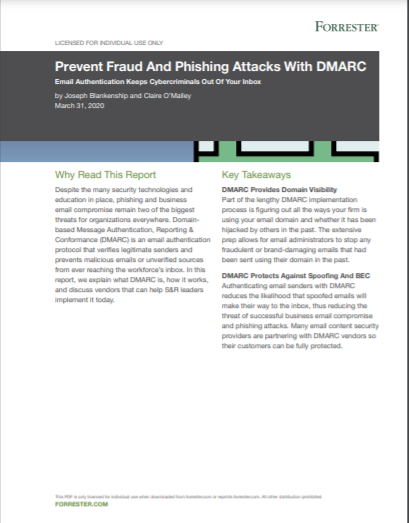HTTPS-based attacks soar over 300%
Tech companies hit hardest by attacks using encrypted protocol


Attacks using the encrypted HTTPS protocol rose threefold over the last year as online criminals get more sophisticated, said security company ZScaler in a report released today.
The State of Encrypted Attacks 2021 report found that as the adoption of HTTPS increases, attackers are using it to cloak their activities and blend in with other traffic.
HTTPS is the encrypted version of the Hypertext Transfer Protocol (HTTP), which is the transfer protocol for web sessions. Browsers use it to communicate with websites, protecting traffic from local snoopers. The major browsers now warn users when they are visiting non-HTTPS sites.
Technology companies got the brunt of it, suffering from a 2,344% rise in HTTPS attacks. Retail and wholesale companies saw an 841% increase.
The report noted a drop in HTTPS-based attacks against healthcare companies and government organizations, which it attributed to increased scrutiny by law enforcement.
The types of attacks launched over HTTPS are also changing rapidly. Cryptomining and cross-site scripting attacks are dropping off just as other types of attacks rise dramatically.
Malware (including ransomware) grew by 212% and was the most prevalent type of attack. Nine in ten attacks via HTTP involved malware. It was followed by ad spyware, which grew the most, at 435%, followed by browser exploits.
Sign up today and you will receive a free copy of our Future Focus 2025 report - the leading guidance on AI, cybersecurity and other IT challenges as per 700+ senior executives
RELATED RESOURCE

Prevent fraud and phishing attacks with DMARC
How to use domain-based message authentication, reporting, and conformance for email security
Phishing, a common infection route for ransomware attacks, grew by 90%, driven by attacks launched through legitimate services. Microsoft 365 was by far the most common attack vector for phishers, as criminals can host credible-looking credential-harvesting sites and malicious files on this service.
Attackers also use HTTPS to target web applications with attacks including credential stuffing, where they try to log into applications using a collection of stolen logins. Attackers interacted with almost 70% of HTTPS-based web-facing applications, the report warned.
Zscaler said that companies should inspect their HTTPS packets to analyze their activities and gain visibility into attacks.
Danny Bradbury has been a print journalist specialising in technology since 1989 and a freelance writer since 1994. He has written for national publications on both sides of the Atlantic and has won awards for his investigative cybersecurity journalism work and his arts and culture writing.
Danny writes about many different technology issues for audiences ranging from consumers through to software developers and CIOs. He also ghostwrites articles for many C-suite business executives in the technology sector and has worked as a presenter for multiple webinars and podcasts.
-
 Pure Storage’s expanded partner ecosystem helps fuel Q3 growth
Pure Storage’s expanded partner ecosystem helps fuel Q3 growthNews The data storage vendor has announced a 16% year-over-year revenue hike in its latest earnings report, driven by continued channel and product investment
-
 Partners have been ‘critical from day one’ at AWS, and the company’s agentic AI drive means they’re more important than ever
Partners have been ‘critical from day one’ at AWS, and the company’s agentic AI drive means they’re more important than everNews The hyperscaler is leaning on its extensive ties with channel partners and systems integrators to drive AI adoption
